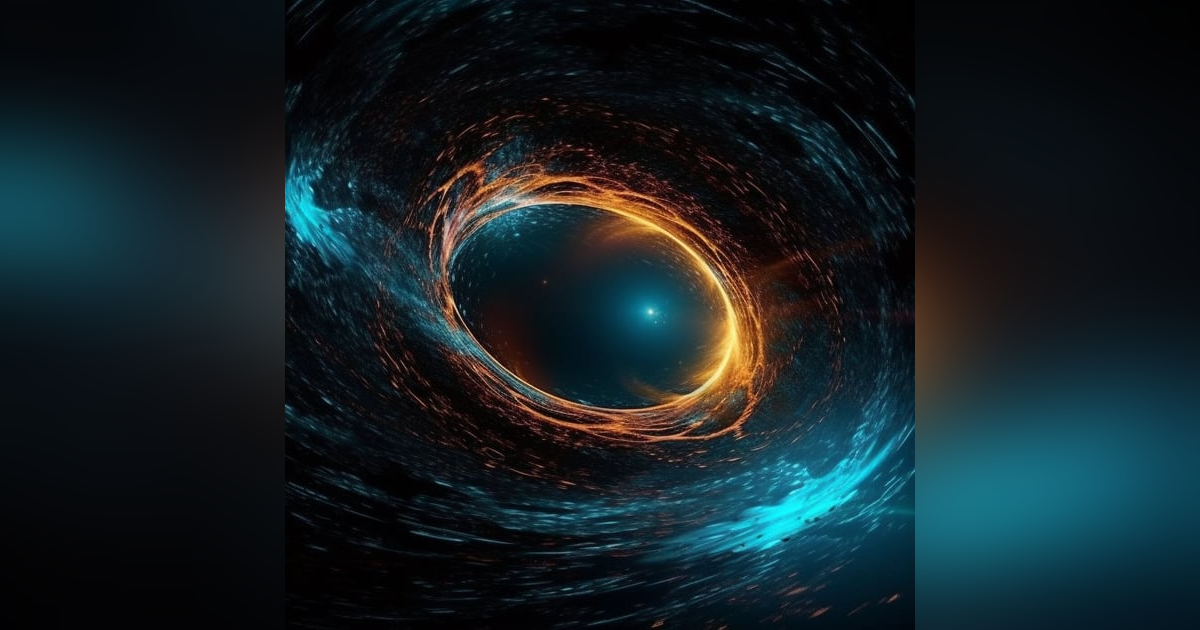S6: Out of The Wormhole


My special guest is here tonight to discuss how he thinks our sun is a wormhole and what's been observed from it. A wormhole (Einstein-Rosen bridge) is a hypothetical structure connecting disparate points in spacetime and is based on a unique...
My special guest is here tonight to discuss how he thinks our sun is a wormhole and what's been observed from it. A wormhole (Einstein-Rosen bridge) is a hypothetical structure connecting disparate points in spacetime and is based on a unique solution of the Einstein field equations.[1] A wormhole can be visualized as a tunnel with two ends at separate points in spacetime (i.e., different locations, points in time, or both). Wormholes are consistent with the general theory of relativity, but whether wormholes exist remains to be seen. Many scientists postulate that wormholes are merely projections of a fourth spatial dimension, analogous to how a two-dimensional (2D) being could experience only part of a three-dimensional (3D) object.[2] Theoretically, a wormhole might connect extremely long distances, such as a billion light years, short distances, such as a few meters, different points in time, or even other universes.[3] In 1995, Matt Visser suggested there may be many wormholes in the universe if cosmic strings with negative mass were generated in the early universe.[4][5] Some physicists, such as Kip Thorne, have suggested making wormholes artificially.[6] The Casimir effect shows that quantum field theory allows the energy density in certain regions of space to be negative relative to the ordinary matter vacuum energy, and it has been shown theoretically that quantum field theory allows states where energy can be arbitrarily negative at a given point.[28]Many physicists, such as Stephen Hawking,[29] Kip Thorne,[30] and others,[31][32][33] argued that such effects might make it possible to stabilize a traversable wormhole.[34]The only known natural process that is theoretically predicted to form a wormhole in the context of general relativity and quantum mechanics was put forth by Leonard Susskind in his ER = EPR conjecture. The quantum foam hypothesis sometimes suggests that tiny wormholes might appear and disappear spontaneously at the Planck scale [35]: 494–496 [36], and stable versions of such wormholes have been suggested as dark matter candidates.[37][38] It has also been proposed that if a tiny wormhole held open by a negative mass cosmic string had appeared around the time of the Big Bang, it could have been inflated to macroscopic size by cosmic inflation.[39] Image of a simulated traversable wormhole that connects the square in front of the physical institutes of the University of Tübingen with the dunes near Boulogne-sur-Mer in the north of France. The image is calculated with 4D raytracing in a Morris–Thorne wormhole metric, but the gravitational effects on the wavelength of light have not been simulated.[note 1] Lorentzian traversable wormholes would allow travel in both directions from one part of the universe to another part of that same universe very quickly or would allow travel from one universe to another. The possibility of traversable wormholes in general relativity was first demonstrated in a 1973 paper by Homer Ellis[40] and independently in a 1973 paper by K. A. Bronnikov.[41] Ellis analyzed the topology and the geodesics of the Ellis drainhole, showing it to be geodesically complete, horizonless, singularity-free, and fully traversable in both directions. The drain hole is a solution manifold of Einstein's field equations foDo you frequently miss episodes of Mysterious Radio? Don't worry; here are some tips to ensure you never miss out again:1. If you haven't already, follow or subscribe to the show to receive updates on new episodes. Even if you have already done this, it's a good idea to click the option again to ensure that you are still subscribed. This is especially important!2. Turn on notifications for new episodes in your podcast app.3. Make sure that your device allows notifications from your podcast app.4. If your app has the option, swipe down to refresh the list of episodes. Do you frequently miss episodes of Mysterious Radio? Don't worry; here are some tips to ensure you never miss out again:1. If you haven't already, follow or subscribe to the show to receive updates on new episodes. Even if you have already done this, it's a good idea to click the option again to ensure that you are still subscribed. This is especially important!2. Turn on notifications for new episodes in your podcast app.3. Make sure that your device allows notifications from your podcast app.4. If your app has the option, swipe down to refresh the list of episodes.
Hosted on Acast. See acast.com/privacy for more information.








